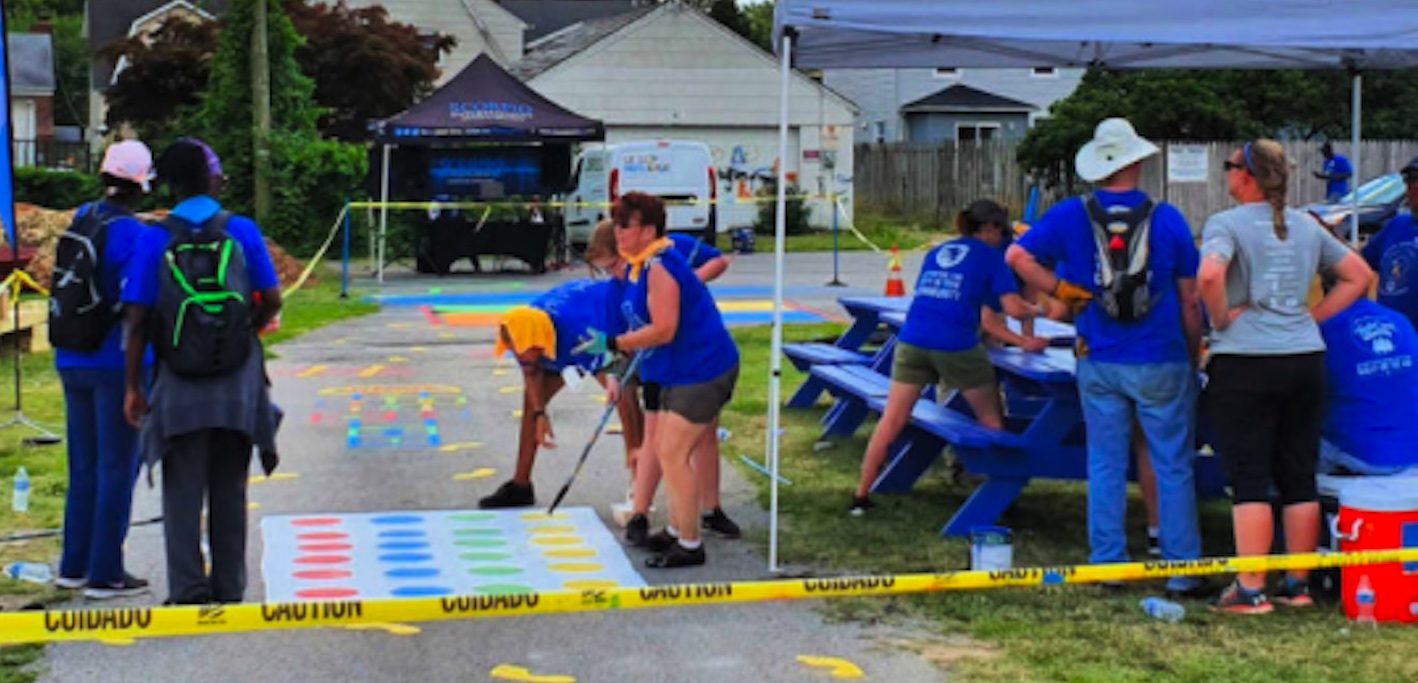The latest stop on my Churchill Fellowship visit to the USA was its capital Washington, DC. Here I was lucky to visit with members of The Mission Continues during their 2019 Mass Deployment in Baltimore.
I spent half the day meeting with local and national leadership groups and observing more than 100 team members complete an urban improvement project for a local church group.
The Mission
The Mission Continues (TMC) was started in 2007 by military veteran, former Navy Seal Eric Greitens, who developed a program of fellowships to create opportunities to empower military veterans by connecting them to their communities through service. These fellowships over time transitioned to volunteer leadership development programs but maintained their focus on community service.
Each year The Mission Continues hosts a mass deployment, like the one I visited in Baltimore. These deployments are an opportunity to make a huge impact on a targeted community. They also provide an opportunity to gather local volunteer leaders, known to the Mission Continues as Platoon Leaders, together to develop their skills, reconnect with their mission and meet like-minded leaders.
Operation Charm City Charge
This year’s mission included the refurbishment of several buildings, the upgrade of the church carpark to a children’s play area and most significantly the construction of a community garden. The community garden will not only provide valuable fresh resources to the local community, it will also act as a social hub and generate community pride.
The area of Baltimore that was the focus for Operation Charm City Charge has very high unemployment and low high school graduation levels – less than 50% of local students graduate.
Most surprisingly for me was the lack of local supermarkets, while most of us take local affordable fresh produce for granted, this community is only serviced by small corner shops who sell a limited range of processed foods.
Affordable fresh produce and education are basic human rights as outlined in article 25 & 26 of the UN Declaration of Human Rights. The limited availability of fresh, healthy food means that fast food is the most affordable and available option, which in turn creates health problems.
The problems being experienced in this community are not unique to Baltimore, or the USA. The work done during Operation Charm City Charge is the first small step in changing a cycle of poverty and limited opportunity. The local Mission Continues platoon will continue to work with this community to ensure that the momentum created by this operation continues.
The Mission Continues Leaders
I spent part of the afternoon in Baltimore with Kim Flournoy, Platoon Leader, 3rd Atlanta. It was Kim who suggested that I visit with TMC in Baltimore and it was great to spend some time with her.
Kim was a Marine and when she left the military, she was searching for a new purpose and sense of community. She initially worked as Sheriff and later as a police officer in Atlanta. While both of these jobs provided a sense of community service, the camaraderie was not the same as the Marines.
While seeking a renewed sense of purpose Kim investigated some more established organisations like the American Legion and some other veteran service organisations. These are similar to the Returned Services Leagues in Australia where the majority of members are older servicemen who were happy to just meet.
Kim was looking for more.
In 2015 Kim found TMC and completed a fellowship in 2016 working as the project coordinator for the 3rd Atlanta Platoon. She is now the leader of this Platoon, which has about 200 volunteers. Each Platoon works autonomously and aligns with a local community group or organisation that needs support. While every Platoon is run a little differently, the 3rd Atlanta focuses on:
-
- Creating a circle of like-minded volunteers whose connection is enhanced through shared experiences
- Making activities fun and enjoyable
- Scheduling high intensity short duration projects, about 4 hours each
- Providing proactive communications so volunteers can plan ahead
- Creating a circle of like-minded volunteers whose connection is enhanced through shared experiences
When I asked Kim what makes a Platoon, she said that communication is the key and should include:
-
- A clear concise description of what’s involved
- A detailed schedule, with plenty of notice
- A scope defining the scale and type of work required
- An opportunity for everyone to contribute irrespective of their:
- Fitness
- Skill level
- Age
- Fitness
- A goal of getting everyone involved rather than a focus on work completed.
- A clear concise description of what’s involved
One of the things I noticed about Kim was that she has natural leadership qualities. I’m sure these have been honed by her Mission Continues Fellowship and her time as a Platoon Leader, but she went out of her way to include me and other people in the group.
This style of leadership, one of inclusion and recognition is common among the volunteer leaders I have been meeting. They go out of their way to bring you into a group. One of the negative aspects of some military organisations is that membership is exclusive, even a clique. The common theme among successful volunteer organisations is the how hard local leaders work to be inclusive.


